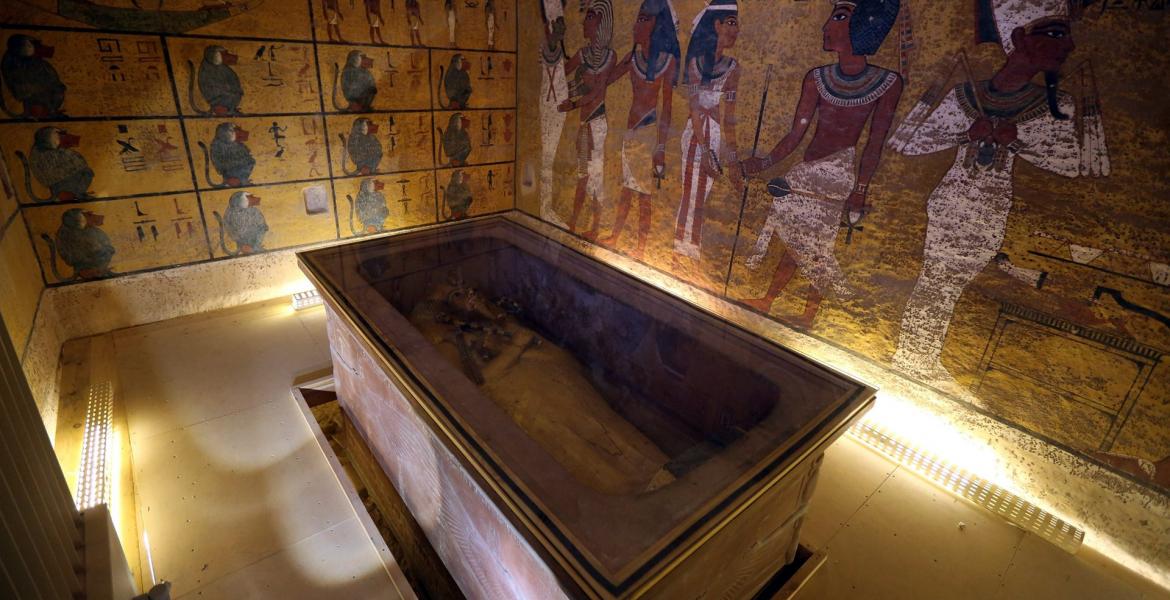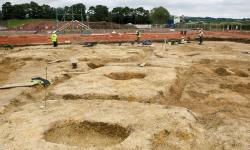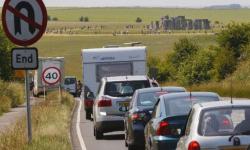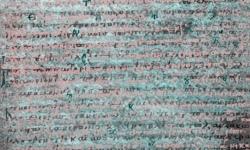Secret chambers hidden behind Tutankhamun’s tomb
In a find that 'could be the discovery of the century', radar scans, prompted by the theories of British Egyptologist Dr Nicholas Reeves, have revealed there could be two secret chambers hidden behind Tutankhamun’s tomb walls. 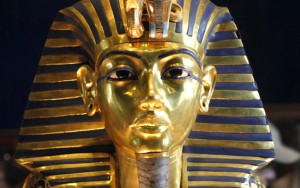
Tutankhamun was a boy king who died when he was just 19 years old in 1324BCE, having ruled Egypt for nine years. His tomb was famously discovered in 1922 by Howard Carter on a dig funded by Lord Carnarvon. It took nearly six years to excavate the tomb which, it seems, is still producing surprises.
Dr Reeves first proposed the theory of the secret chambers in October 2015, based on murals within Tutankhamun’s tomb which appear to point to a much grander room beyond. Reeves believes this chamber may be the resting place of the famous queen, and wife of Tutankhamun’s father, Nefertiti. Speaking at a press conference yesterday (Thursday 17th March 2016), Egypt’s antiquities minister, Dr Mamdouh Eldamaty said that initial scans showed a 90% chance of two hidden chambers, possibly containing metal and organic material. More detailed scans will be undertaken at the end of the month, and it is hoped they will reveal more about the size, nature and grandeur of the rooms. 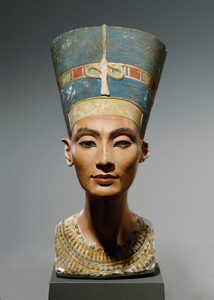
Only after this second scan will any decision be made on what to do next. Even if the rooms are found to contain treasures, there will be debate on how to proceed. Michael Jones, an archaeologist working for the American Research Centre in Egypt said, 'If they’re organic and metal remains, sometimes it’s best to just leave them in the ground. ArchaeologyThe study of the things humans have left behind. See 'Some Notes of Archaeology'. is a process of controlled destruction. Unless there’s a real threat, the best thing might be to leave something where it is.' But leaving treasures in place would run the risk of grave robbing and stolen items ending up for sale on the black market.
Operation ScanPyramids, which is scanning four Egyptian pyramids for undiscovered rooms, is expected to continue until the end of 2016.
Read more about the discovery here.
- Log in to post comments


